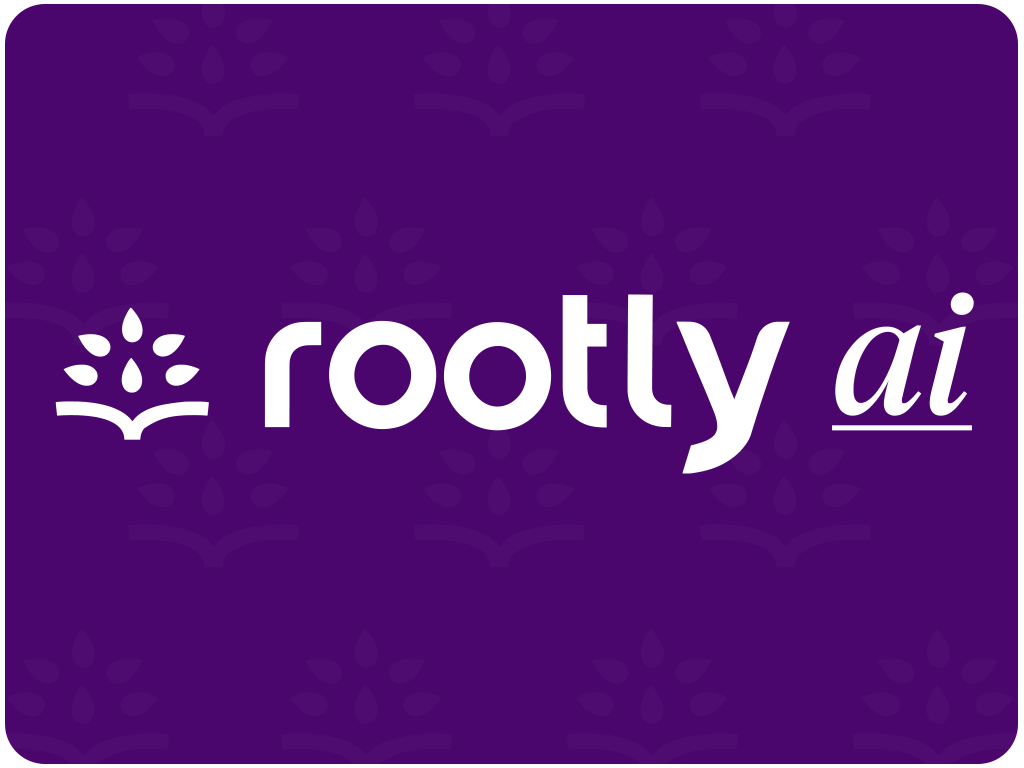How Rootly uses Slack to streamline and scale on-call and incident management.
Every second counts when an incident strikes in a fast-paced engineering environment. That’s why Rootly set out to transform incident management by embedding every step of the response process directly in Slack.
“Slack made the solution seem less scary,” said JJ Tang, Rootly co-founder and CEO. “Once we positioned it as happening inside of Slack, teams immediately understood the value.”
From an internal tool to a full-scale business
Rootly’s origins trace back to Tang and Quentin Rousseau’s experiences in site reliability engineering (SRE) and product leadership. The duo first met while working at Instacart, where they recognized a gap in incident management: Processes were fragmented, manual, and often chaotic. Most solutions required them to jump between dashboards and tools, slowing engineers down when it mattered most.
“Slack was already where everything was happening,” Tang said. “So we asked: What if incident response lived inside Slack?”
Rousseau and Tang initially built an internal Slack-native tool to address these challenges, but the project never received the prioritization it needed to scale. So they left to build the full solution, and Rootly was born.
Today, Rootly serves teams at LinkedIn, NVIDIA, Replit, Grammarly, Canva, and many more. Its Slack-first approach is a key differentiator—giving it an edge with new accounts that already run on Slack.
Building on Slack offered a strategic advantage
From the start, the solution was purpose-built to integrate deeply with Slack. Rootly automates critical steps of incident response so responders can focus on solving the issue, not managing the process. When an alert is triggered, Rootly instantly creates a dedicated Slack channel, invites the right stakeholders, and launches the workflows and resources needed to resolve the incident.
Here’s how it streamlines the process:
- Automated huddles and transcription: Slack huddles are recorded, transcribed, and analyzed using AI. All of this historical unstructured data is logged and searchable.
- Seamless integrations: Rootly pulls in data from GitHub PRs, detects related customer impact, and delivers insights through @rootly catch-up for AI-powered summaries.
- Standardization and reliability: Tasks such as sending alerts, pulling logs, assigning tasks, and many more are fully automated.
- Post-mortem documentation: Key events are automatically compiled into post-incident docs for continuous learning.
As Rootly grew, Slack’s developer platform made it easier to move fast. Releasing new features as Slack blocks — reusable components from Slack’s Block Kit UI framework — let the team quickly test experiences without having to redesign the front-end UI. Slack’s access controls ensure Rootly mirrors existing permission models, which is critical for customers handling sensitive data. Visibility in Slack’s App Marketplace became both a discovery engine and feedback loop to improve product quality. Slack’s ecosystem also provided an existing, engaged user base that made adoption seamless.
Looking ahead: intelligent agents, real-time reasoning
Rootly’s next chapter is evolving beyond incident response into proactive reliability. Their upcoming AI SRE capability analyzes Slack conversations, GitHub diffs and observability tools to surface probable root causes, creating valuable insights for responders to help resolve incidents faster.
With Slack as the central hub for unstructured operational data, Rootly is leveraging AI to transform incident response from reactive to predictive. “Our goal is to help teams catch issues before they escalate,” Tang said. “Slack gives us the context to do that in a way that’s never been possible before.”
Why Slack?
For those considering building on Slack, Tang had this advice:
- “Start with Slack-first.” Customers resonate with solutions embedded in the tools they already use.
- “Leverage Slack’s patterns.” The platform’s components allow for fast iteration and intuitive interfaces.
- “Trust the Marketplace.” The Slack App Marketplace boosts installs but also improves product credibility through its structured review process.
Rootly is doubling down on its Slack investment and scaling its AI capabilities while continuing to redefine reliability engineering. As Rootly continues to push the boundaries of what’s possible inside Slack, their journey is a testament to the power of building within existing ecosystems to drive meaningful impact.
Go Deeper
Rootly: Discover the AI-native on-call and incident response platform that provides proactive support to help your entire organization resolve incidents faster without ever leaving Slack.
For partners: Check out the Agent Exchange to explore the library of ready-to-use actions, topics and templates available through the Agentforce Partner Network.
For developers: Sign up for our Slack Developer Program to get access to our sandbox environment and start experimenting with Agentforce Agent Builder. (Availability in the sandbox for these new features should be confirmed via the program details).
Get hands-on with Agentforce in Slack on Trailhead! Learn to build and configure Agentforce for Slack, earn points, and work on your Agentblazer status: sfdc.co/Slack-Learn

